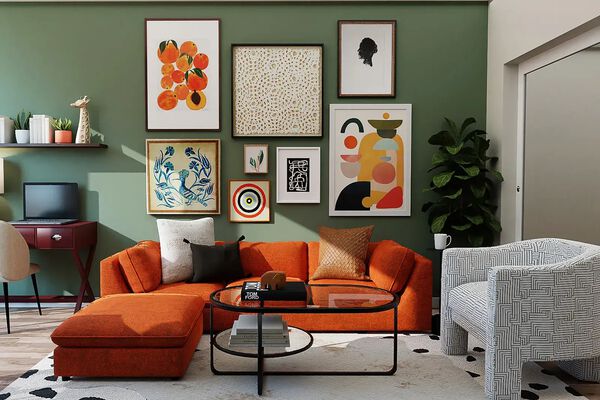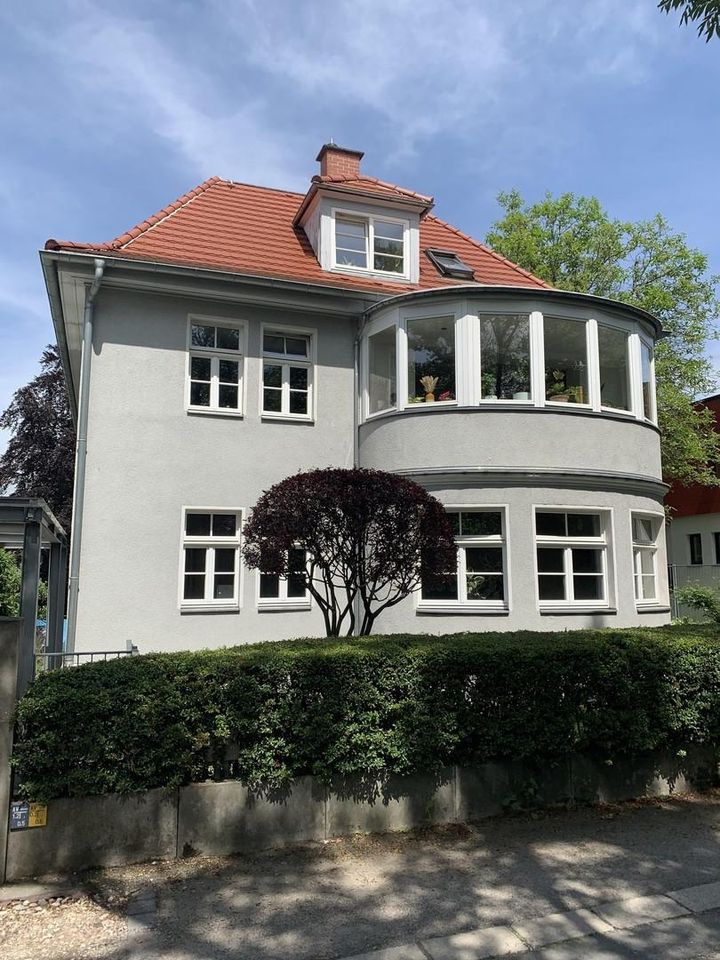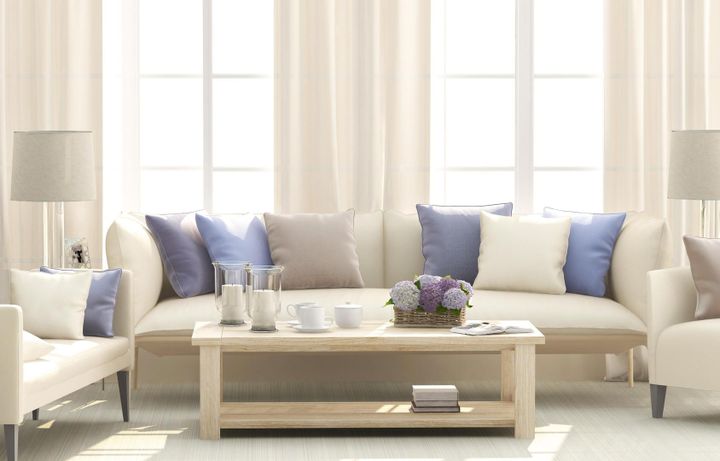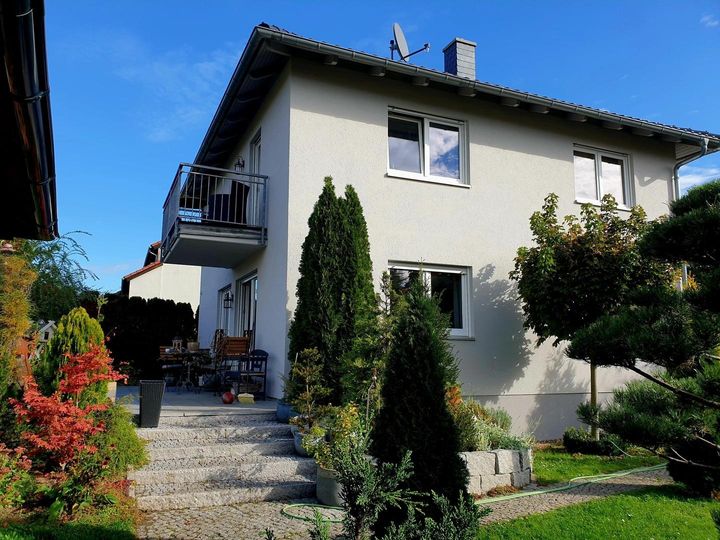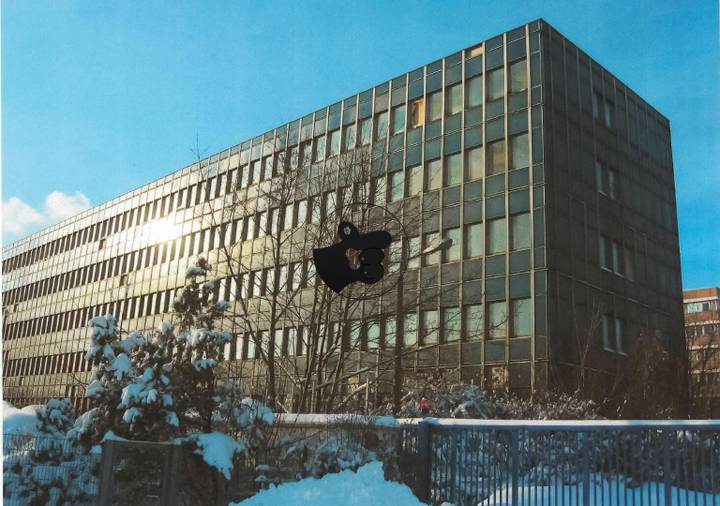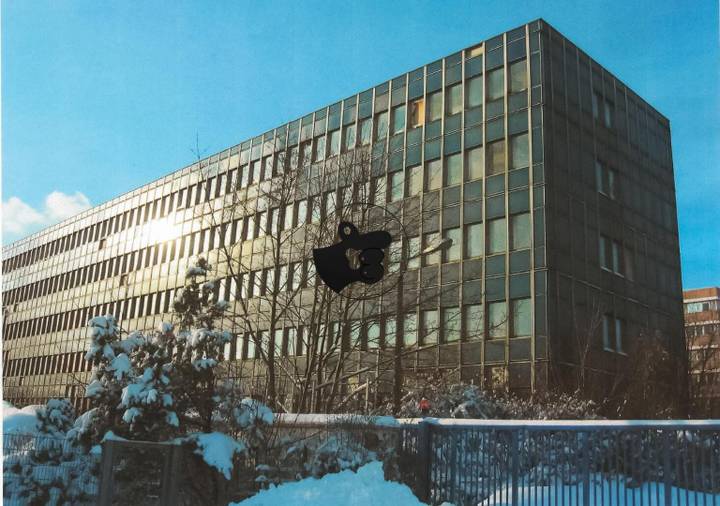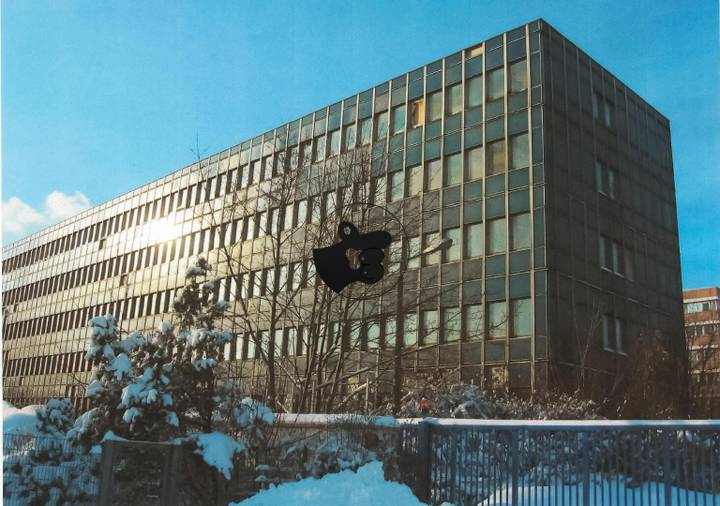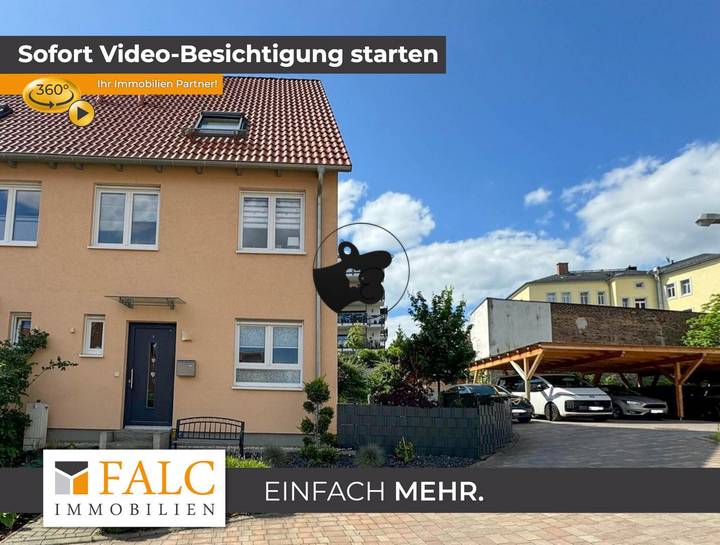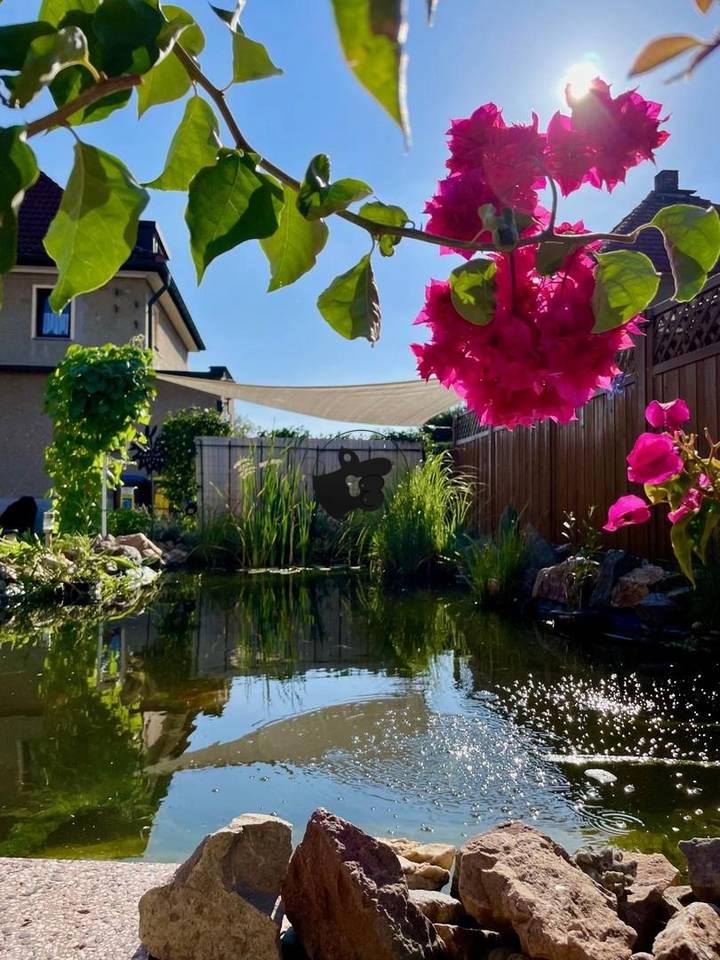Several factors influence real estate prices in Dresden, Sachsen, reflecting both local characteristics and broader economic trends. The city's historical significance and architectural beauty attract both residents and tourists, enhancing demand for property in sought-after areas like the Altstadt, where prices can be significantly higher due to proximity to landmarks such as the Frauenkirche and Zwinger Palace. Economic conditions play a critical role; for example, a growing employment market, particularly in sectors like technology and education, drives up demand for housing. Additionally, the availability of infrastructure, such as public transport links and educational institutions, can affect property values—neighborhoods with better access typically see higher prices. Regulatory factors, like zoning laws and property taxes, also contribute to fluctuations in the market. For instance, any changes in building permits can either limit or boost new housing developments, impacting supply and subsequently pricing.
Dresden Sachsen
Location
Price Range
Any price
Price Range
Minimum
No min
Maximum
No max
Property type
Show all
Property type
Show all
House
Apartment
Building
Other
Bedrooms
Any beds
Bedrooms
Minimum
No min
Maximum
No max
Surface Range
Any surface
Surface Range
Minimum
No min
Maximum
No max
Sale type
For sale
Sale type
Show all
To rent
For sale
Location
Apartments and houses for sale in Dresden Sachsen
11 results
Recent
Dresden Sachsen insights
| Aspect | Summary |
|---|---|
| Population | Approximately 550,000 residents. |
| Average Property Price | Around €3,000 per square meter. |
| Rental Yield | Average of 4% to 6%. |
| Average Rent | €10 to €12 per square meter. |
| Occupancy Rate | Around 92%. |
| Capital Growth Rate | Average annual increase of 3%. |
| Property Tax | Varies; approximately 0.35% to 0.6% of property value. |
| Transaction Costs | Total around 7% to 10% (including notary and registration fees). |
| Expected ROI | Estimated at 5% to 8% annually. |
| Economic Growth Impact | Steady growth; strong industry and services sector. |
Dresden Sachsen FAQ
What factors influence real estate prices in Dresden, Sachsen?
How have real estate prices changed in Dresden over the past few years?
Real estate prices in Dresden have experienced notable fluctuations over the past few years. After a period of relative stability, the market has seen a significant increase in property values, particularly in sought-after districts like Neustadt and Altstadt. According to various reports, average apartment prices rose by approximately 20% from 2019 to 2022, with some areas witnessing even steeper increases. For instance, in Neustadt, prices per square meter for flats climbed to around €3,500, reflecting its popularity among young professionals and families. The demand is largely driven by Dresden's robust economy, growing tech industry, and a steady influx of students due to its universities. Additionally, single-family homes have become increasingly expensive, with prices in some suburban areas affected by urban sprawl rising by nearly 15% during the same timeframe. Factors such as low interest rates and limited housing supply have further intensified the competition among buyers, contributing to the upward trend.
What is the average price per square meter for homes in Dresden?
The average price per square meter for homes in Dresden varies significantly depending on the neighborhood and property type. As of 2023, prices in the city center, particularly in popular areas like Altstadt and Neustadt, can range from €3,000 to €4,500 per square meter. In these districts, historical buildings and modern apartments command higher prices due to their proximity to cultural landmarks and amenities. Conversely, residential areas on the outskirts of the city, such as Pieschen or Loschwitz, tend to be more affordable, with average prices falling between €2,000 and €3,000 per square meter. Additionally, newly constructed homes or high-end properties may exceed these averages, especially in sought-after locations, whereas older properties or those requiring renovation might be available at lower prices, often around the €1,500 to €2,500 per square meter range.
Are property prices in Dresden higher in certain neighborhoods?
Property prices in Dresden show considerable variation depending on the neighborhood. For instance, the Neustadt district, known for its vibrant nightlife and artistic scene, tends to attract younger residents and has somewhat higher prices compared to other areas. On the other hand, the Altstadt, which features historical architecture and cultural landmarks, commands even higher prices due to its prime location and tourist appeal. In contrast, neighborhoods such as Prohlis and Gorbitz are generally more affordable, catering to families and individuals looking for budget-friendly options. Additionally, areas near the Elbe River, such as Loschwitz and Blasewitz, often boast some of the highest property values due to their scenic views and desirable living conditions. Factors influencing these price differences include proximity to public transport, schools, and amenities, along with overall demand in the housing market.
How do property prices in Dresden compare to other cities in Sachsen?
Property prices in Dresden tend to be higher than in many other cities within Sachsen, largely due to its status as the state capital and its rich cultural heritage. As of 2023, average prices for residential properties in Dresden hover around €3,000 per square meter, with prime locations like the historic old town and Neustadt commanding even higher prices. In contrast, cities like Chemnitz and Zwickau exhibit significantly lower property prices, averaging around €1,500 to €2,000 per square meter. Leipzig, though in a different economic bracket, has also seen a surge in property values, averaging around €3,500 per square meter as it competes with Dresden for investment and living space. While Dresden’s prices reflect a stable and appealing market, smaller towns in Sachsen, such as Görlitz or Freiberg, offer much more affordable options, often below €1,200 per square meter, presenting a sharp contrast in the regional landscape.
What are the current trends in the Dresden real estate market?
The Dresden real estate market has been experiencing notable trends in recent years, driven by a combination of economic factors and demographic shifts. A significant demand for residential properties is evident, particularly in central districts like Altstadt and Neustadt, where properties are becoming increasingly attractive for both investors and young professionals. Prices in these areas have seen a steady increase, with average rents for apartments reaching around €10 to €12 per square meter, reflecting a competitive rental market. Additionally, there is a noticeable shift towards the refurbishment of historic buildings, which appeals to buyers seeking unique living spaces that retain cultural charm while incorporating modern amenities. Moreover, housing developers are focusing on sustainable construction practices, leading to an uptick in eco-friendly residential projects. This trend not only aligns with growing environmental awareness among consumers but also enhances the overall appeal of new developments. Lastly, the market for student accommodation has also expanded, driven by the presence of several universities in the city, which has led to a boost in purpose-built student housing options.
What should I consider when buying a property in Dresden regarding price?
When buying property in Dresden, one of the key factors to consider is the location within the city, as price variations can be significant. For instance, neighborhoods like Neustadt are known for their vibrant culture and nightlife, often commanding higher prices compared to more residential areas like Coschütz or Gorbitz, which offer quieter environments at lower costs. Additionally, proximity to public transport and amenities such as schools and parks can influence pricing. It’s also important to assess the condition of the property; older buildings may appear cheaper but could require substantial renovation costs, potentially outweighing the initial savings. Furthermore, keep an eye on the current market trends in Dresden, as the city has seen fluctuations, particularly in response to economic conditions or demographic shifts. Understanding these nuances can provide a clearer picture of what to expect in terms of property costs.

